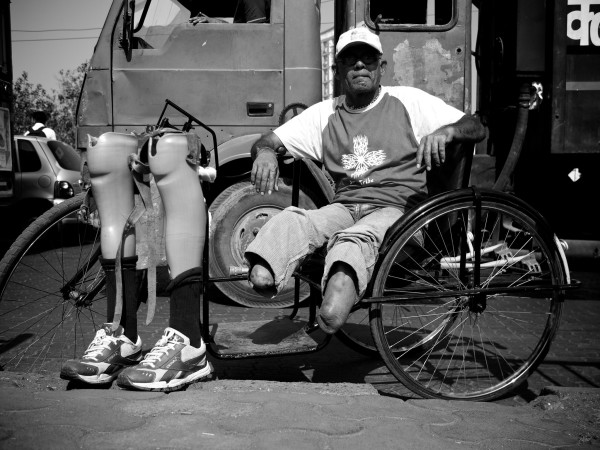In the year 1797, during an assault on the city of Santa Cruz de Tenerife, Lord Nelson was shot in the arm and had to get it amputated. Although he lost his arm that day, he continued to feel it for the rest of his life. He often felt pain where his arm should have been and a sensation that his fingers were digging into his palm.
Such instances of people feeling phantom pain after an amputation are fairly common. Some studies suggest that 90-98% of people who get amputations or lose a limb often suffer from phantom pain right after the loss. For most, these pains usually subside after a while, but in some cases, like Lord Nelson’s, they can last a lifetime.
Phantom pain has been found to be caused by changes occurring in the brain after an amputation. The brain contains a ‘neural’ map, often referred to as the cortical homunculus, of the entire body. Each region of this map is associated with a limb such that when that region of the brain is stimulated, sensations are felt in the associated limb. It is currently believed that in an individual with an amputated limb, the neural map regions that were once associated with that limb slowly start to get replaced by the neurons of the surrounding regions. This means that following this reorganization, whenever that region of the brain is stimulated, the sensation will not only be felt in the region of the neurons that have replaced it, but also in the phantom limb. The sensations can include cramps, numbness, pain, warmth, and tightness.
Image Source: Alberto Ruggieri
There are currently several coping and treatment mechanisms available. Meditation, muscle relaxing, biofeedback, and physical therapy, as well as antidepressants and antipsychotics, are common treatment therapies. TENS, transcutaneous electrical nerve stimulation technique, a method that includes electrical nerve stimulation has also shown positive results with patients and is currently the recommended non-pharmacological treatment for curing phantom limb pain. Scientists are also working on using virtual reality to treat phantom pain. It has shown some positive results so far, but more research needs to be done before it can become a standard choice of treatment for curing phantom limb pain.
Featured Image Source: “Bombay #50” by Thomas Leuthard (2008-2017)










